After the tour of the Jungle, I said goodbye to my flatmates, who continued their trip in Peru. I spent a couple of days alone in Cusco waiting for Fernanda, and another couple of days with her before leaving Cusco in direction to Bolivia. These days I didn’t do much, I wanted to relax and enjoy the city, I visited a couple of places and ate good food.
Thanks to Fernanda’s local connections we were able to go to a couple of places where we ate amazing, very cheap Peruvian food. We ate the ceviche in the picture below here, the place is not on Google Maps, go before 2 pm to have more options. For a good chicharron or adobo you should go to Pampa de Castillo, on that street you can’t go wrong, we went to Los Mundialistas and Mahias Grill, both very good but we preferred the second.
As the historic capital of the Inca Empire and a UNESCO World Heritage Site, Cusco is a city rich in history, culture, and architectural marvels.
Cusco was the political, military, and cultural centre of the Inca Empire from the 13th century until the Spanish conquest in the 16th century. According to legend, the city was founded by Manco Cápac, the first Sapa Inca (emperor), and his sister-wife Mama Ocllo. Cusco was considered the "navel of the world" (Qosqo in Quechua), symbolizing its importance in Inca cosmology and governance.
Cusco is renowned for its stunning architecture, which reflects its rich history and cultural significance. The main square of Cusco, Plaza de Armas, surrounded by colonial arcades, is a bustling hub of activity. It is home to the Cusco Cathedral and the Church of La Compañía de Jesús, both masterpieces of colonial architecture.
One of my favourite parts of the city is San Blas District, known for its narrow, winding streets and artisan shops. San Blas is a charming neighbourhood that offers stunning views of the city and a glimpse into traditional Andean life.
Another part that we visited is San Cristóbal neighborhood, one of the city's oldest and most prominent colonial landmarks, perched on a hill overlooking the historic center. Its strategic location and the large statue of Christ nearby make it a significant cultural and religious site. San Cristóbal is also known for its church, a blend of Spanish colonial and Andean influences, evident in its architecture and artwork.
With Fernanda, we also visited some coffee places where we enjoyed empanadas, pastries and nice coffee while working, Espresso 18 has an amazing view of the city.
On the days I was alone I went to visit the magnificent Inca fortress, Sacsayhuaman is located on the outskirts of Cusco. This archaeological site is renowned for its impressive stone masonry and strategic significance during the Inca Empire. Built during the 15th century, Sacsayhuaman showcases the architectural prowess and engineering skills of the Inca civilization.
Sacsayhuaman was constructed under the reign of Inca rulers Pachacuti and his successors. The fortress served as a ceremonial centre, a military stronghold, and a symbol of the Inca Empire's might. Its name, which roughly translates to "satisfied falcon" or "satisfied hawk" in Quechua, is believed to be derived from the site's role in guarding Cusco, the capital of the Inca Empire.
The most striking feature of Sacsayhuamán is its colossal stone walls. These walls are made of massive limestone blocks, some weighing up to 200 tons. The precision with which these stones were cut and fitted together without the use of mortar is astounding. The complex comprises three levels of zigzagging walls, designed to provide maximum defence against invaders.
Sacsayhuaman holds immense cultural and spiritual significance for the local Quechua people. It is a testament to the ingenuity and resilience of the Inca civilization. The site is also a focal point for Inti Raymi, the Festival of the Sun, celebrated annually on June 24th. This festival honours the Inca sun god, Inti, and attracts thousands of visitors who come to witness traditional dances, music, and rituals.
A few minutes by taxi from Sacsayhuaman, there is Q'enqo, one of the most intriguing and mysterious archaeological sites in the Cusco region of Peru. Q'enqo offers a glimpse into the religious and ceremonial practices of the Inca civilization. The name "Q'enqo" means "zigzag" or "labyrinth" in Quechua, reflecting the site's complex and winding structures.
Q'enqo was constructed during the height of the Inca Empire, likely under the reign of Emperor Pachacuti in the 15th century. The site was primarily used for religious and ceremonial purposes, including rituals dedicated to the sun, moon, and other deities. Q'enqo's unique design and features suggest it was a place of great spiritual significance.
Q'enqo is famous for its zigzagging channels carved into the rock. These channels were likely used for ceremonial purposes, such as pouring chicha (a traditional maize beer) or llama blood during sacrificial rituals. The liquid's flow through the channels might have symbolized the journey of life, death, and rebirth, a common theme in Andean cosmology.
I liked chilling in Cusco, I think it is a city where is nice just sitting in a balcony of a cafe enjoy the view and drinking a coffee.
I also liked visiting these Inca places, they are incredible and full of history, culture and spirituality. I am sad I visited just a few places in the Secret Valley, between altitude sickness and tiredness I didn’t have time, but on the way back from Bolivia I will spend a couple of days in Cusco so maybe there will be another opportunity.
See you soon
Flavio

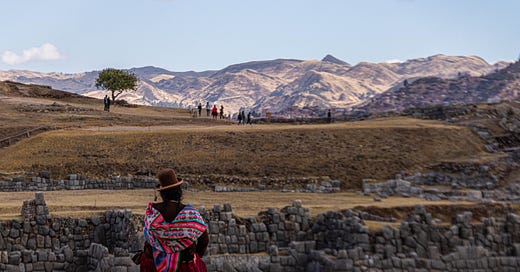


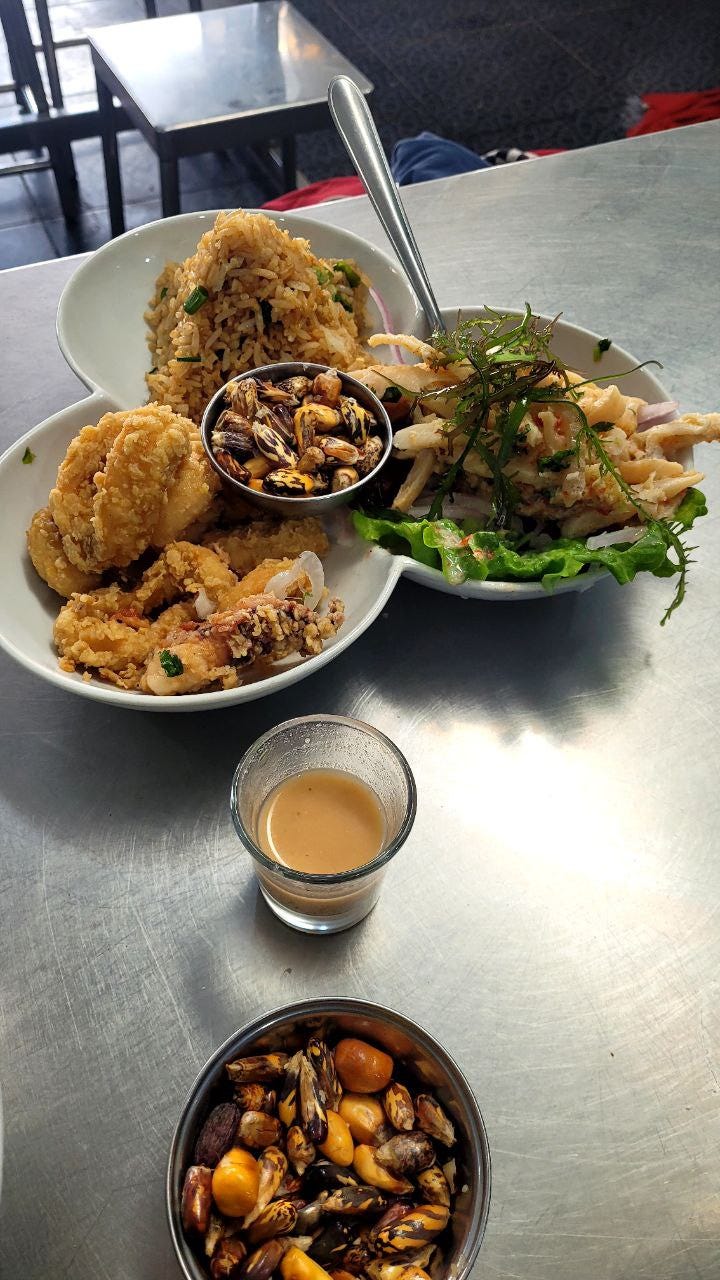
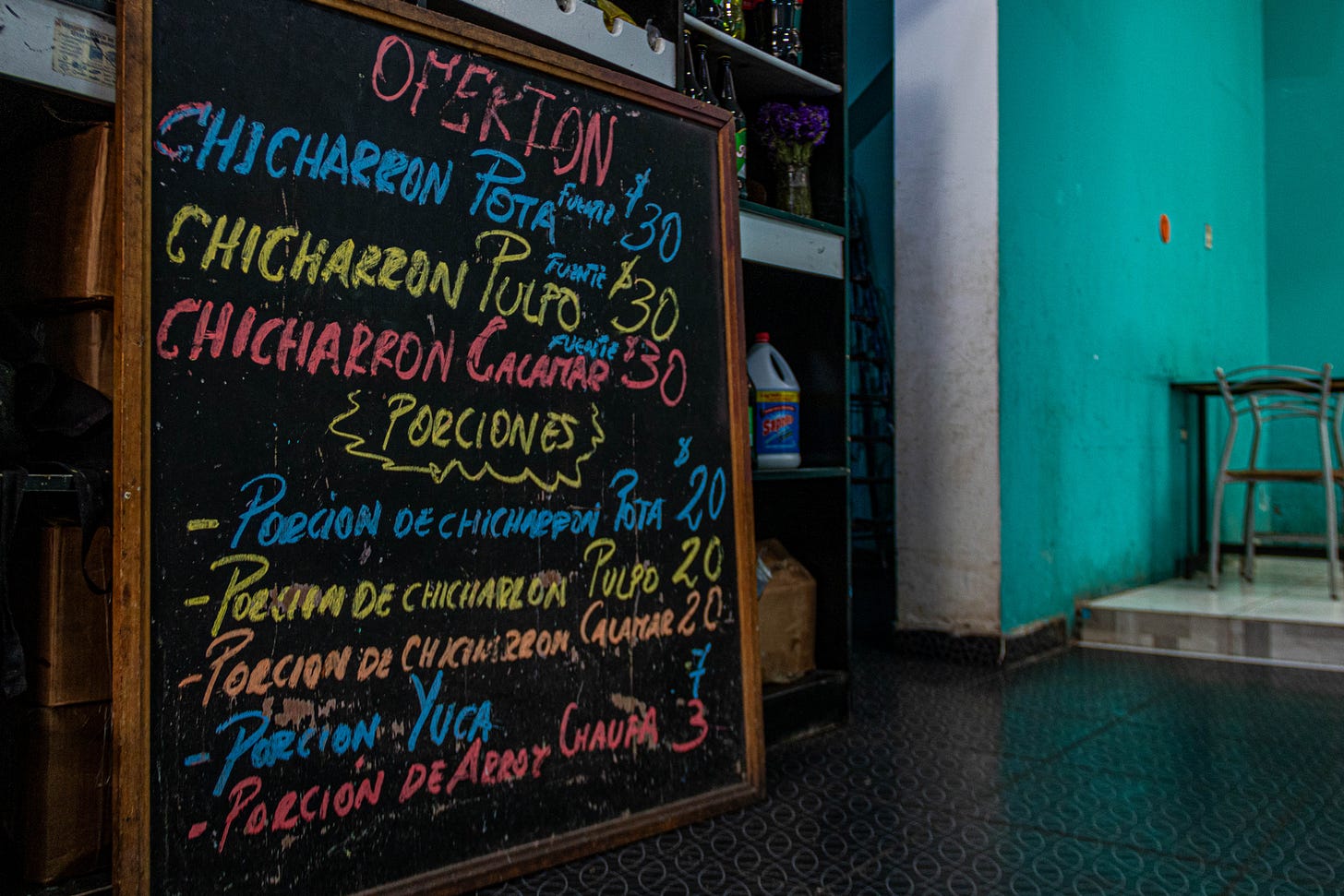
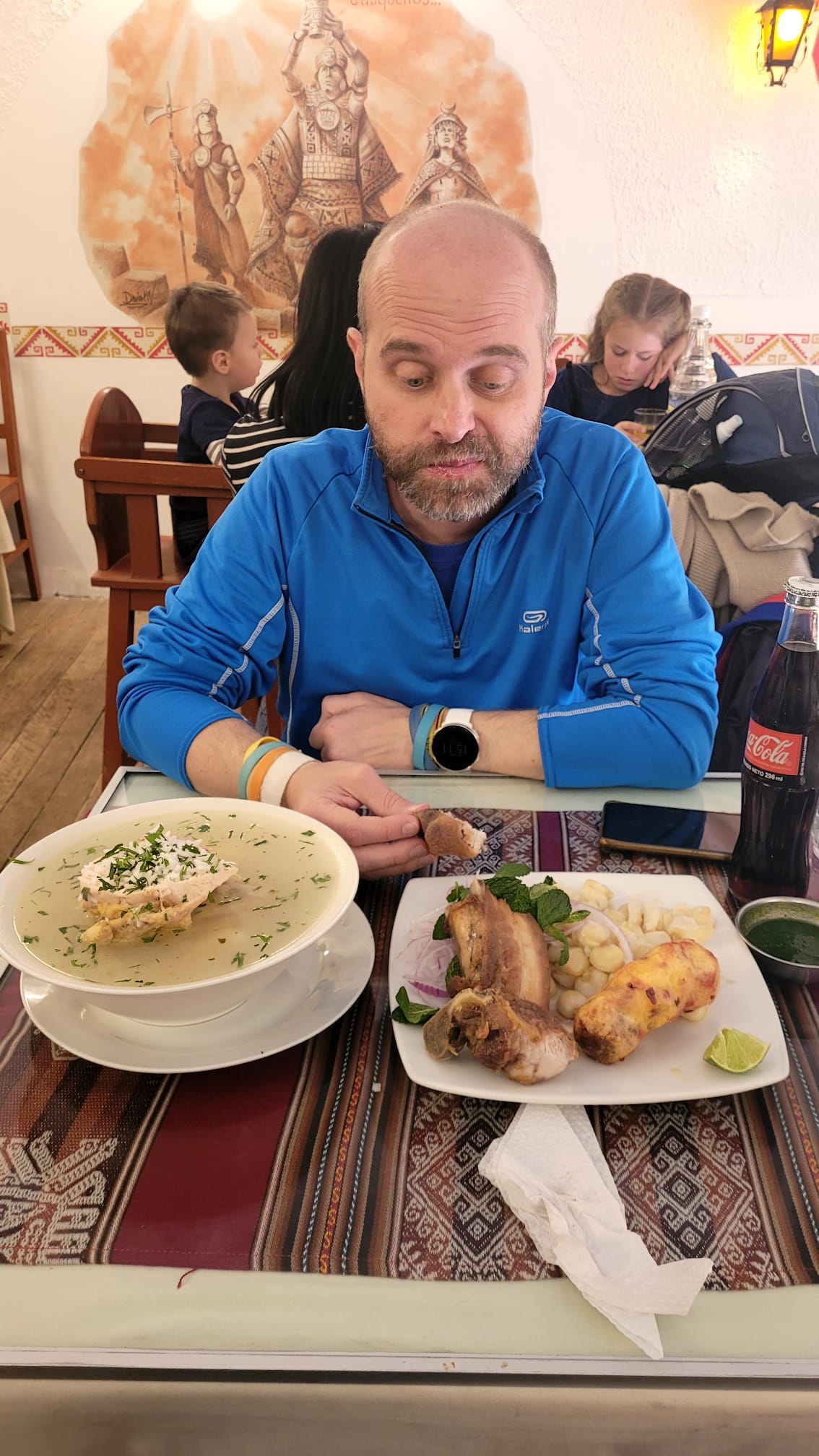

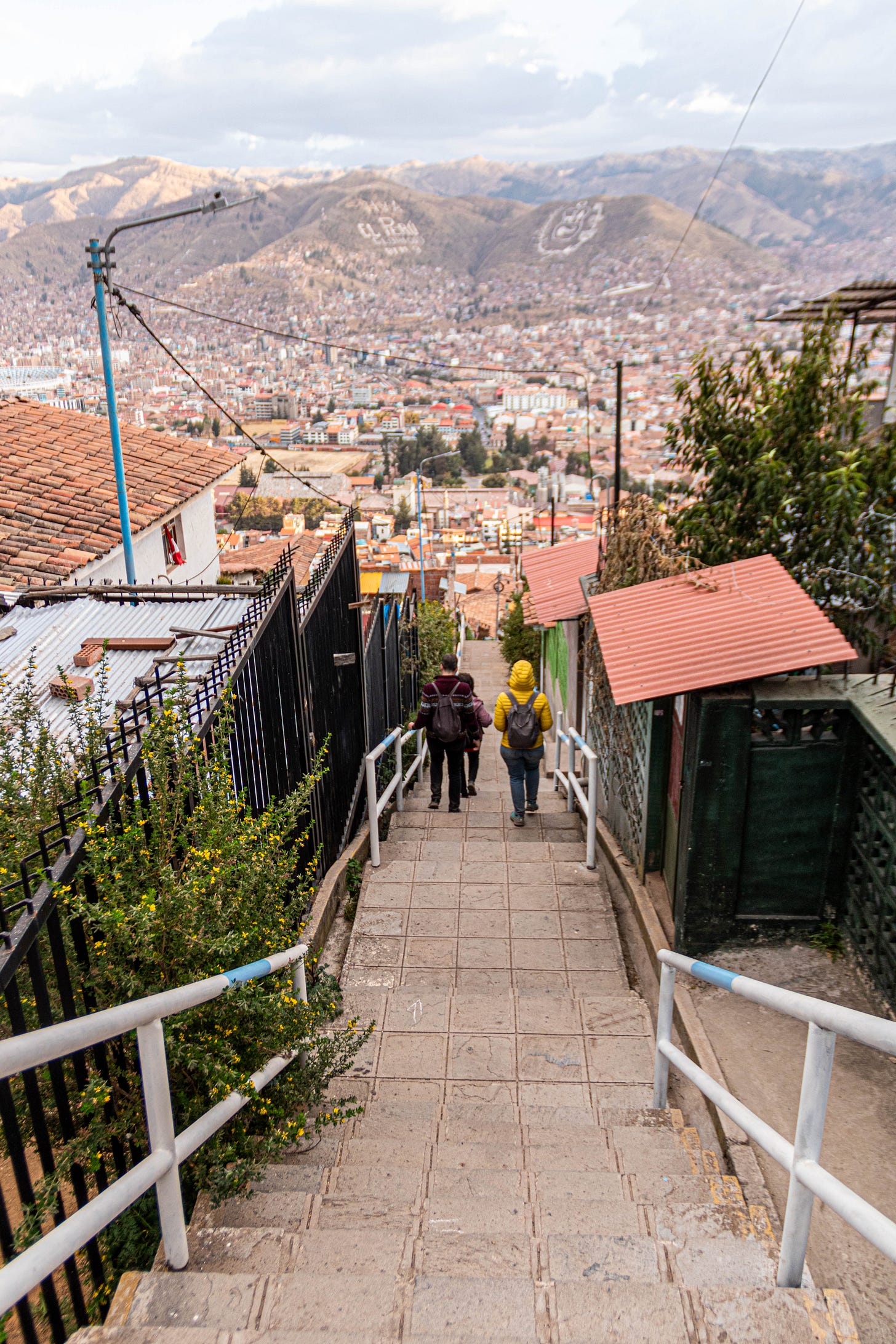
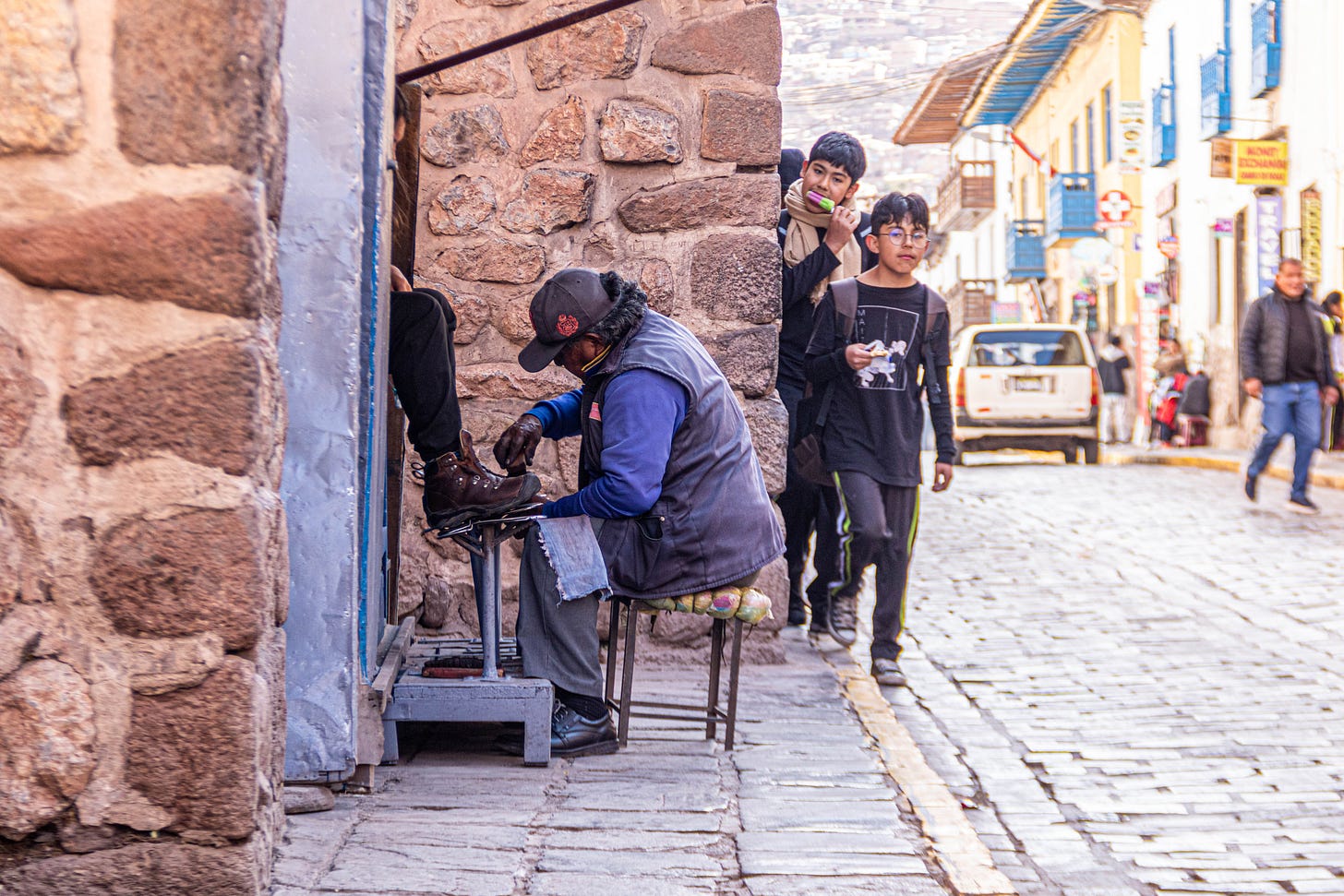
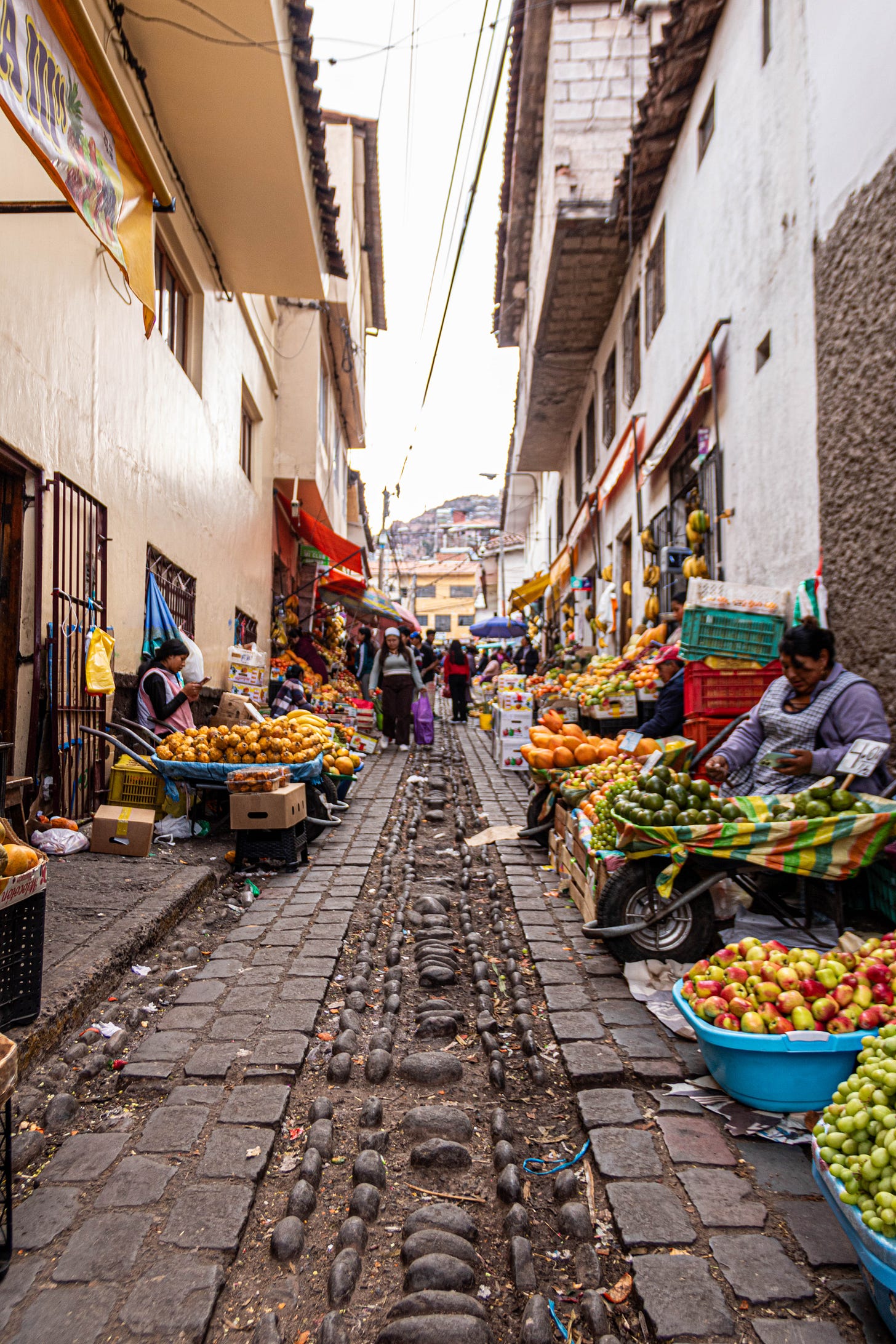
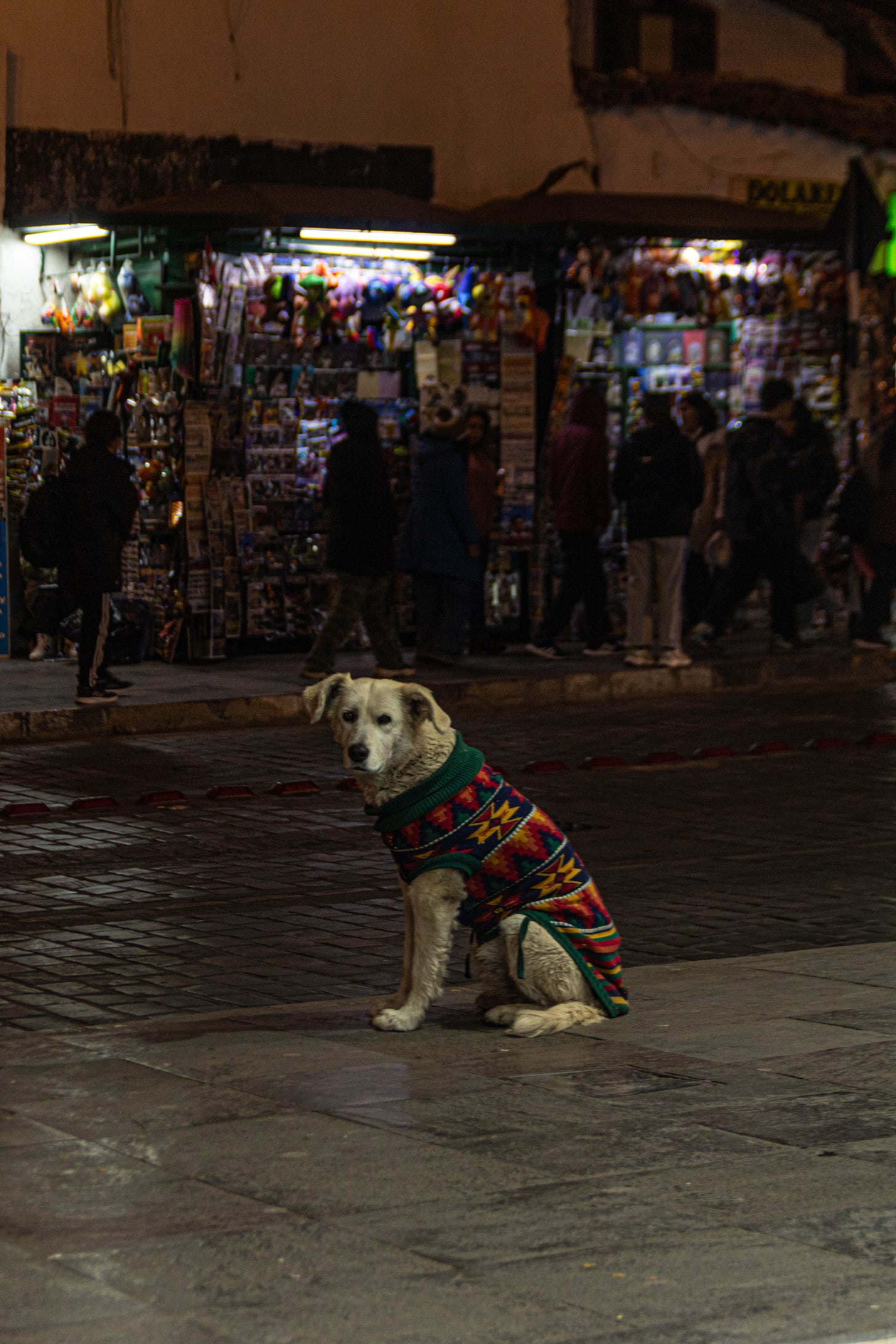
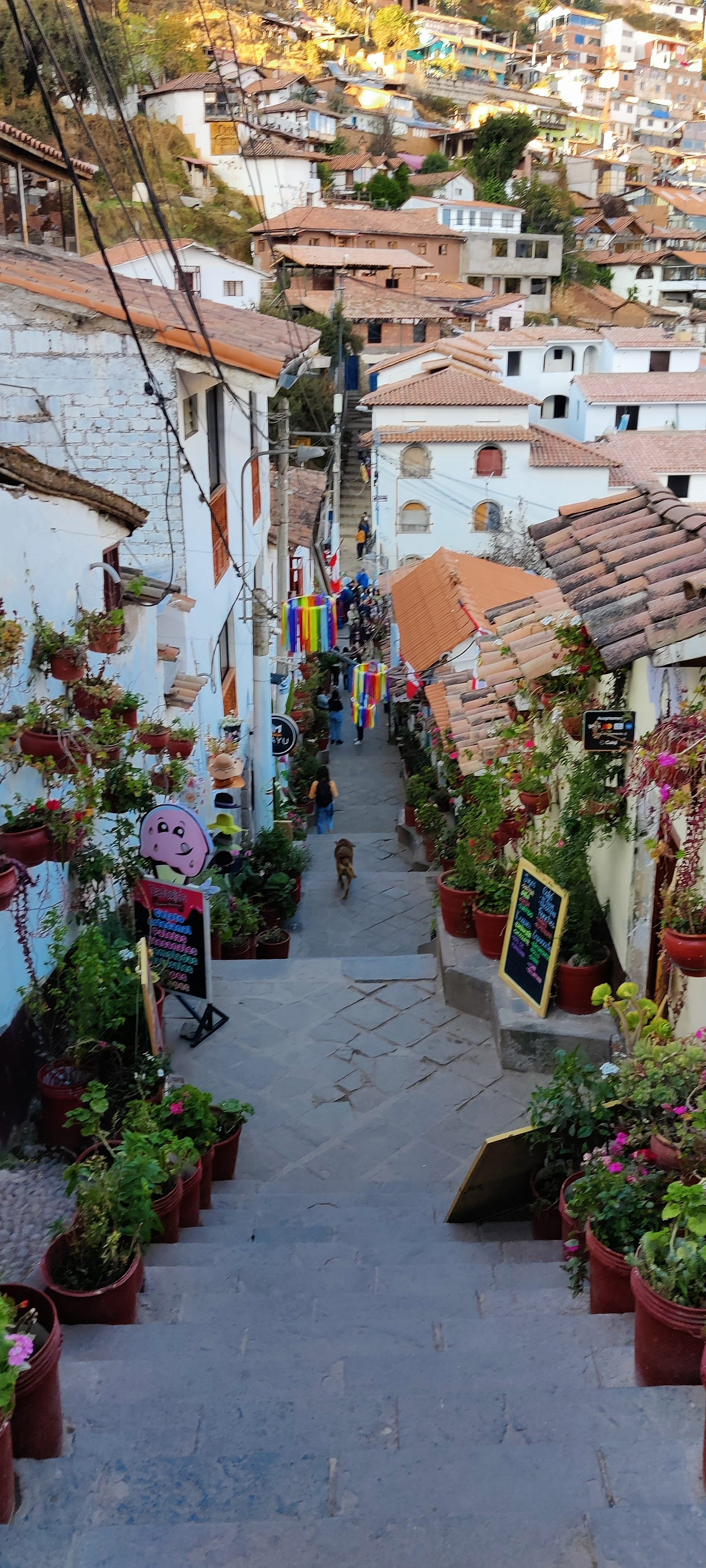
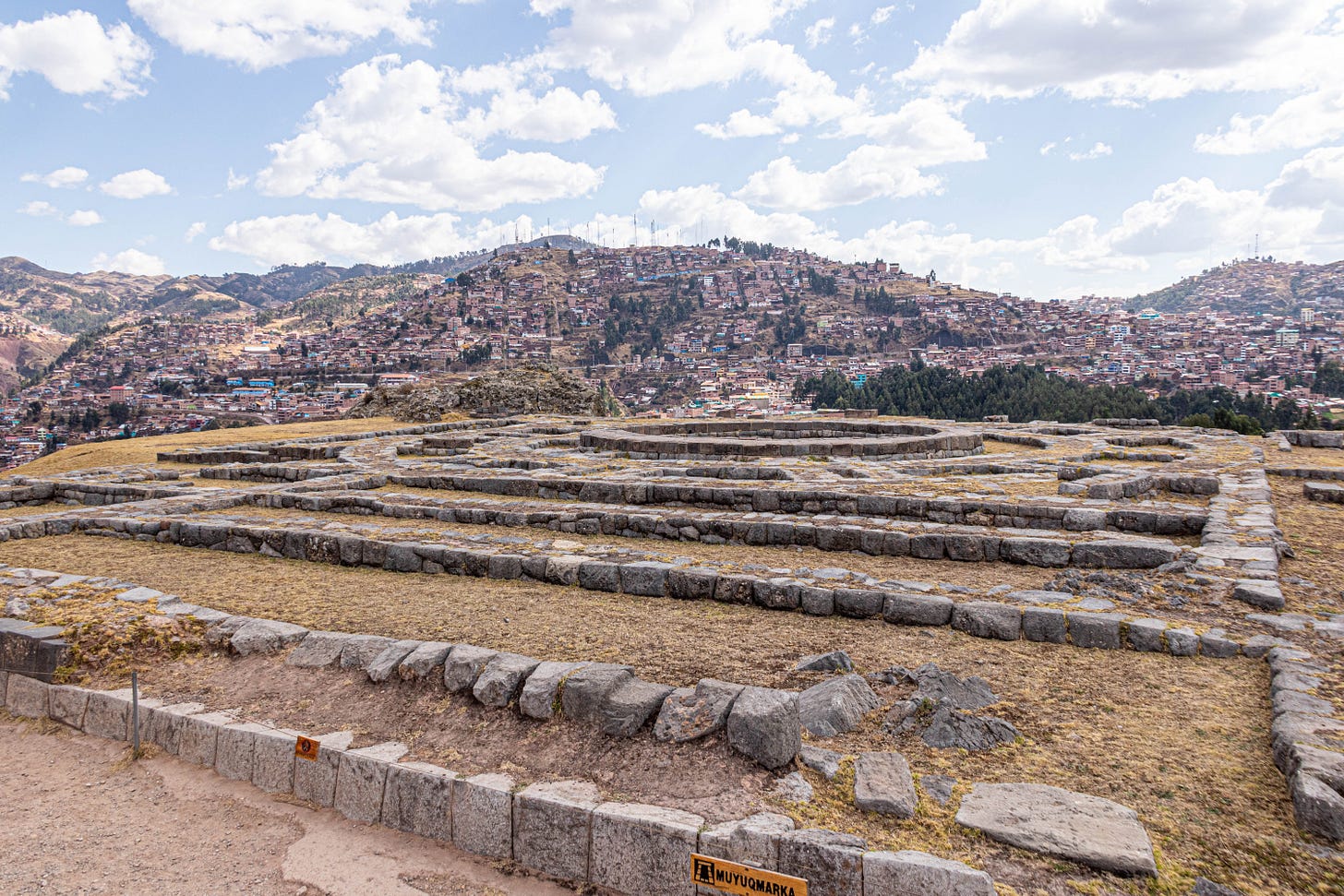
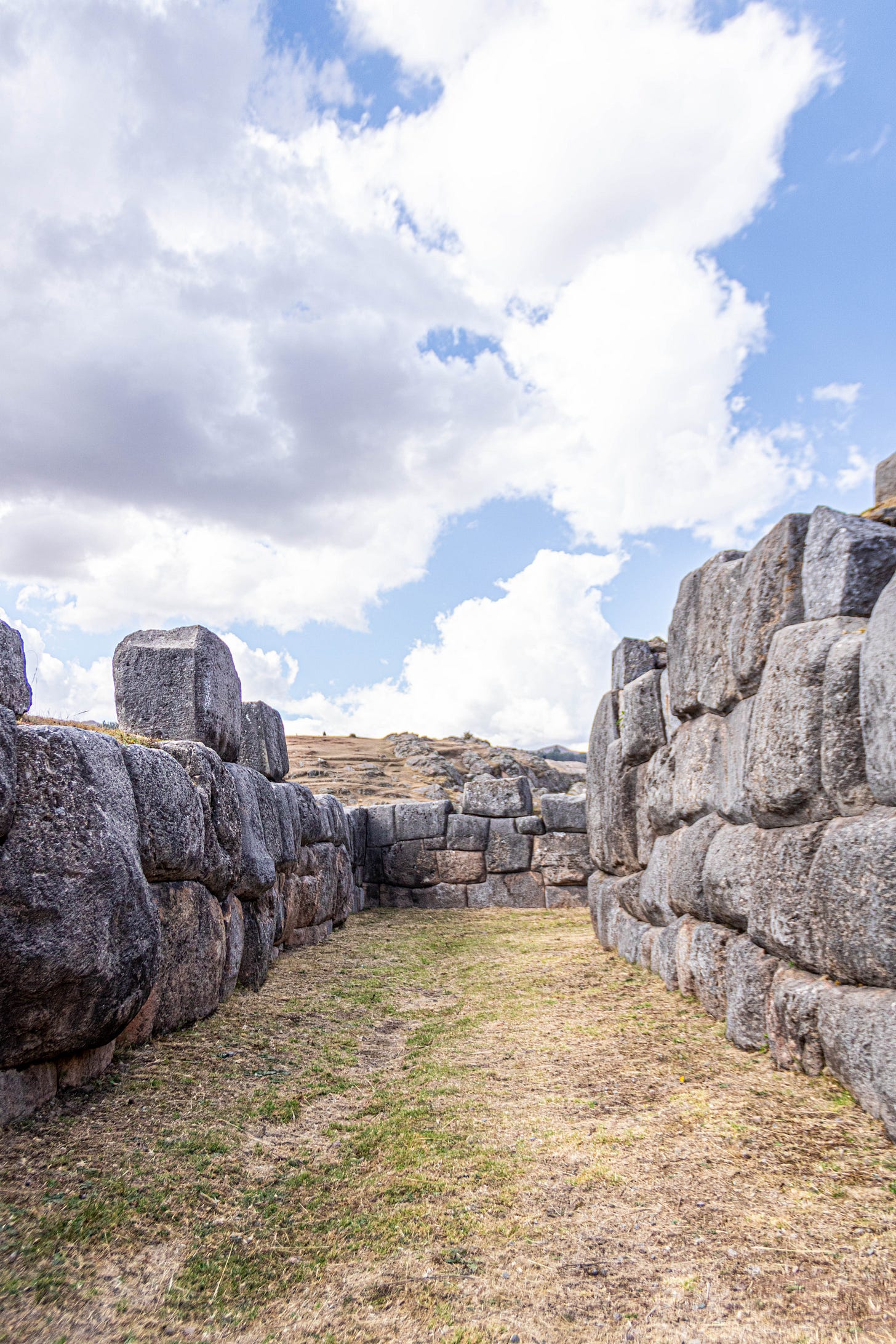
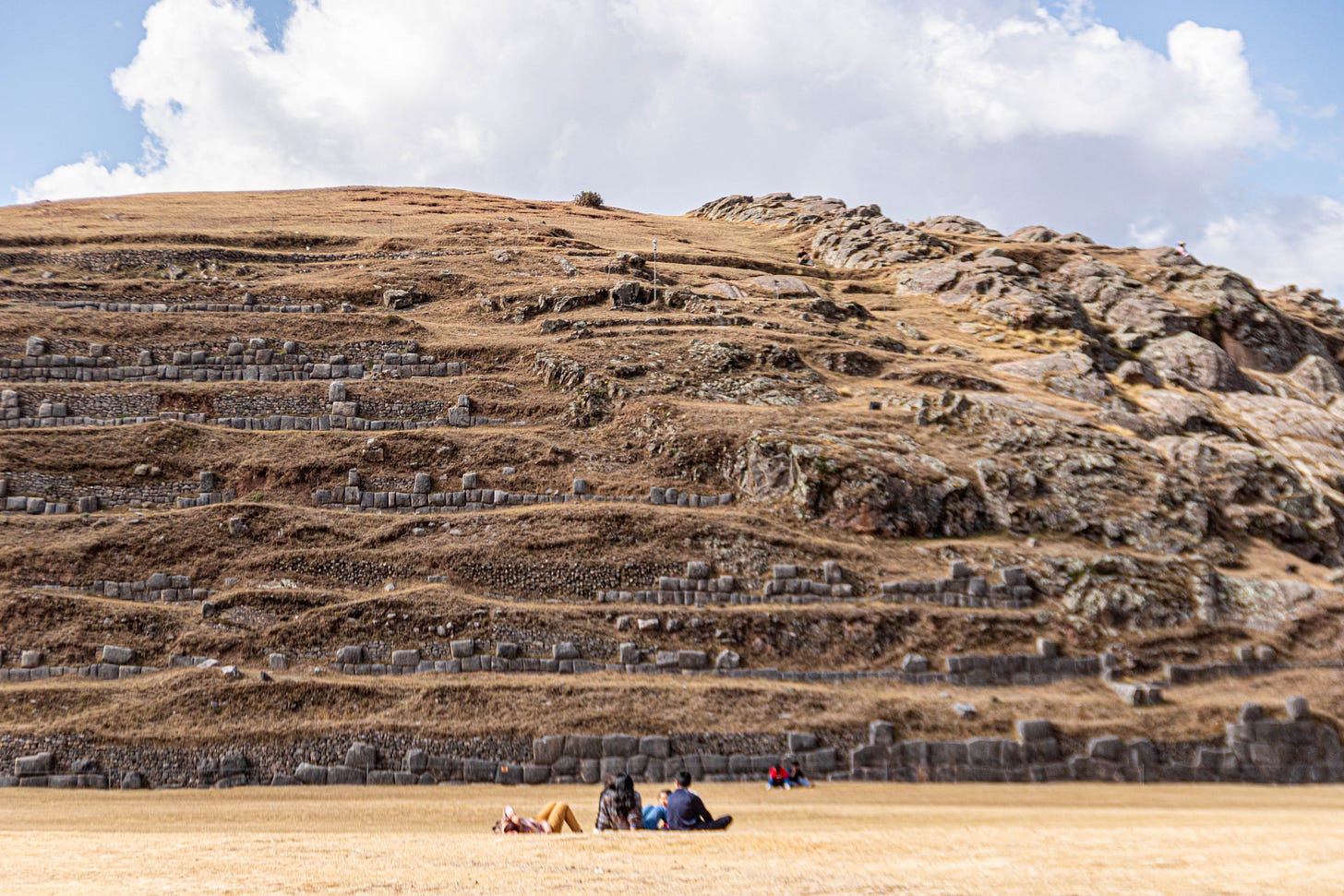
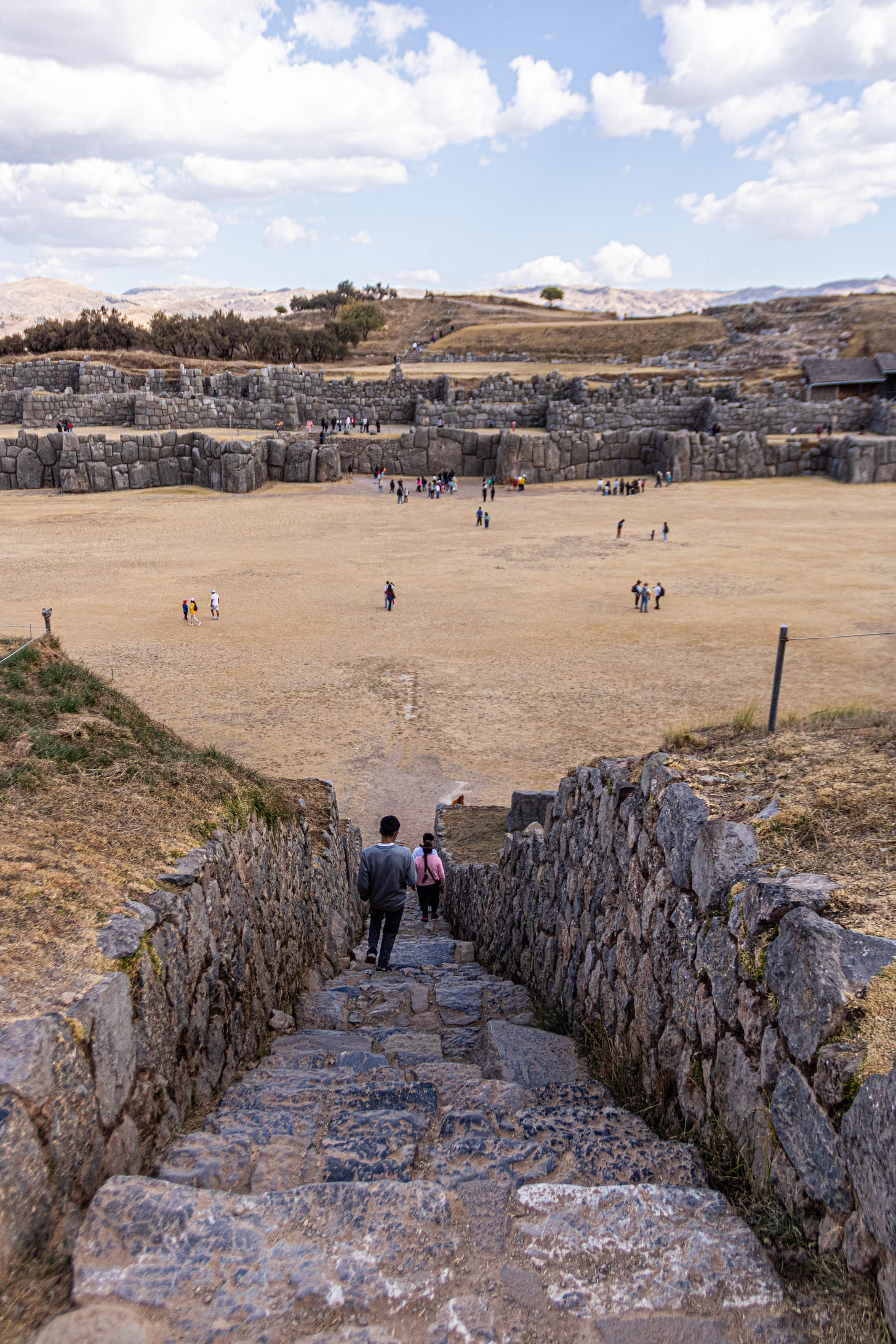

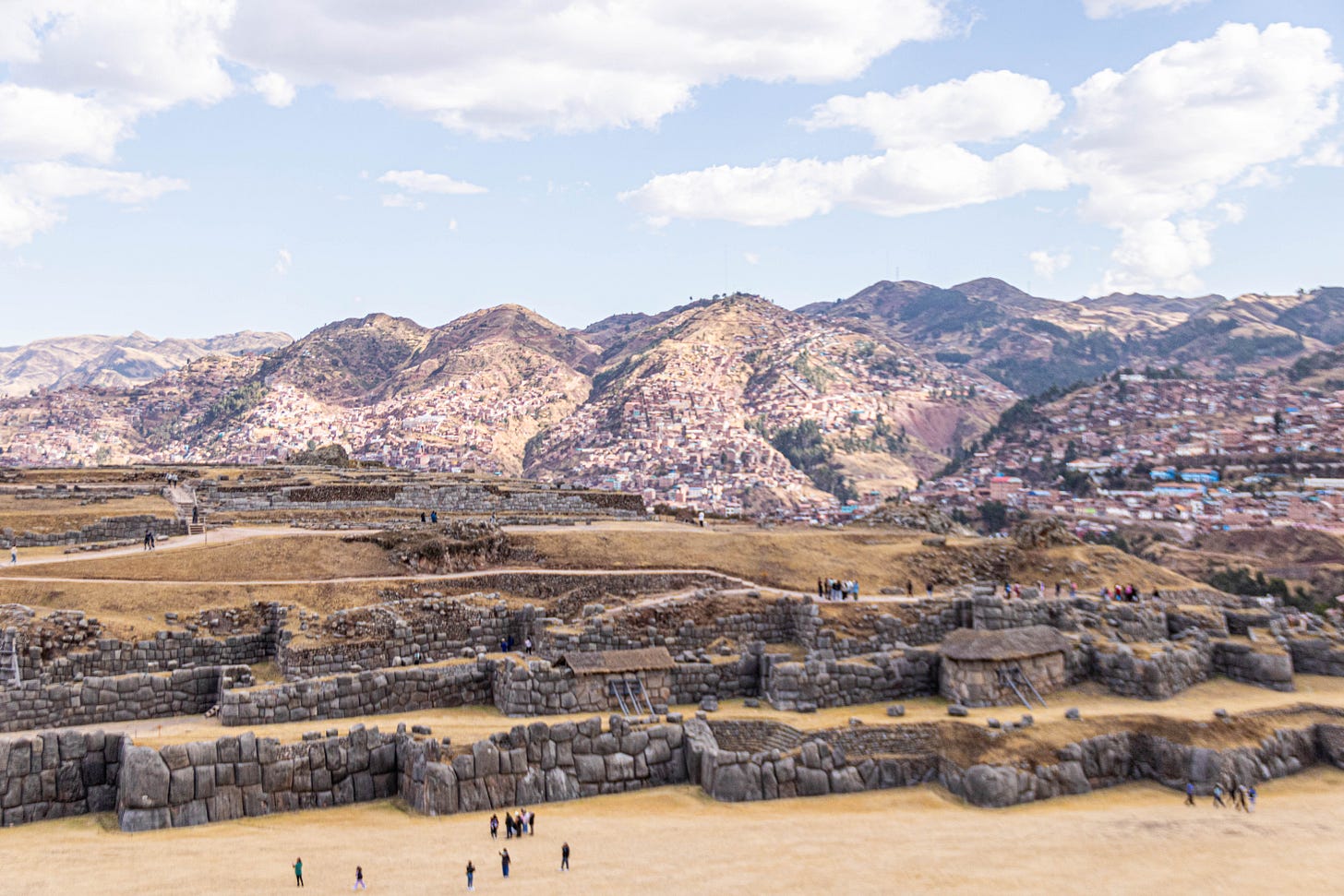
Great read!
This was a fascinating tour of Cusco! Peruvian cuisine is hard to beat.